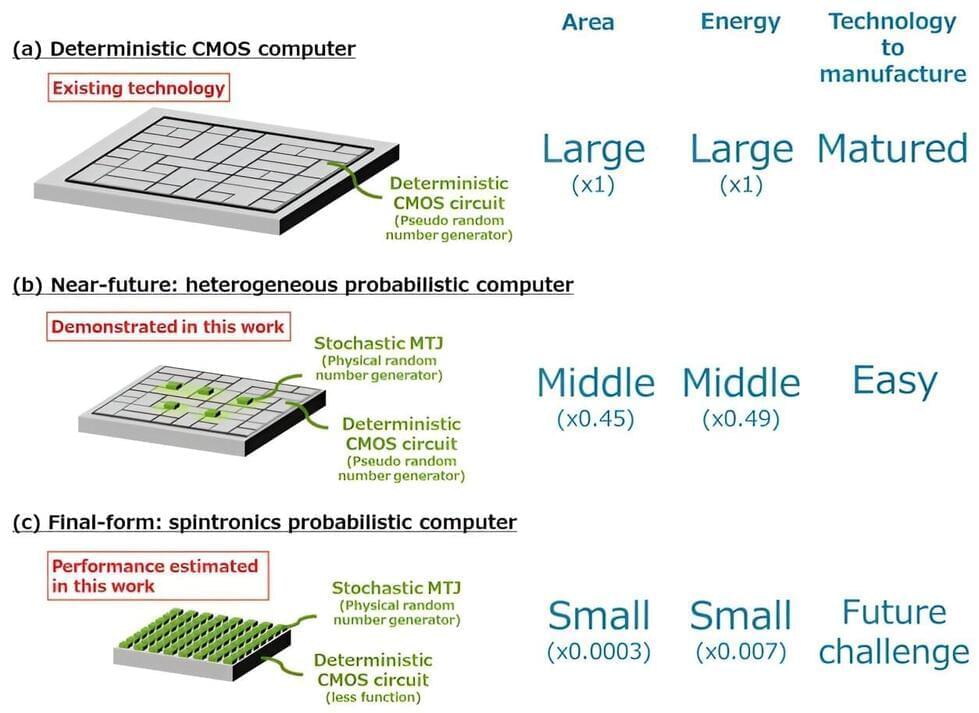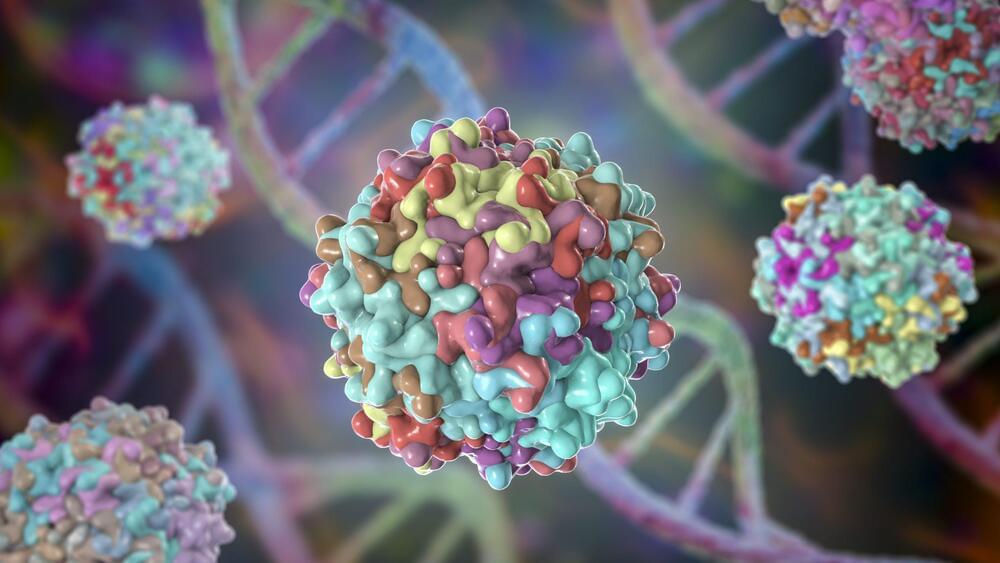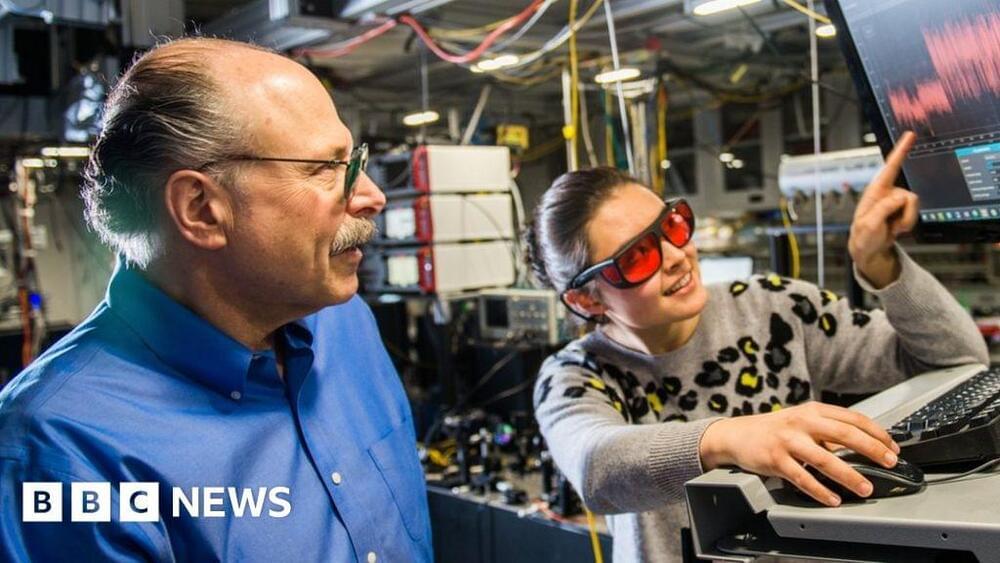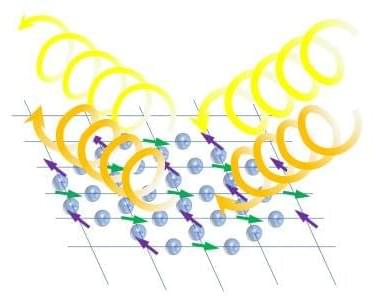May 8, 2024
Venus May Have Once Hosted Seas Like Earth, But Is Bone Dry Today
Posted by Shubham Ghosh Roy in categories: alien life, computing, physics
The find, simulated with computer modeling, might explain what happens to liquid water across the universe.
“Water is really important for life,” said Eryn Cangi, co-author and a research scientist at the Laboratory for Atmospheric and Space Physics, in a press release. “We need to understand the conditions that support liquid water in the universe, and that may have produced the very dry state of Venus today.”
At one point, Venus might have hosted seas like Earth. So, what happened? The study’s scientists suspect that Venus underwent a powerful greenhouse event that raised temperatures to 900 degrees Fahrenheit. After this happened, all the planet’s water evaporated, leaving some droplets behind. Even the few drops that were left over might have vanished because of an ion, HCO+, in the planet’s atmosphere.


















